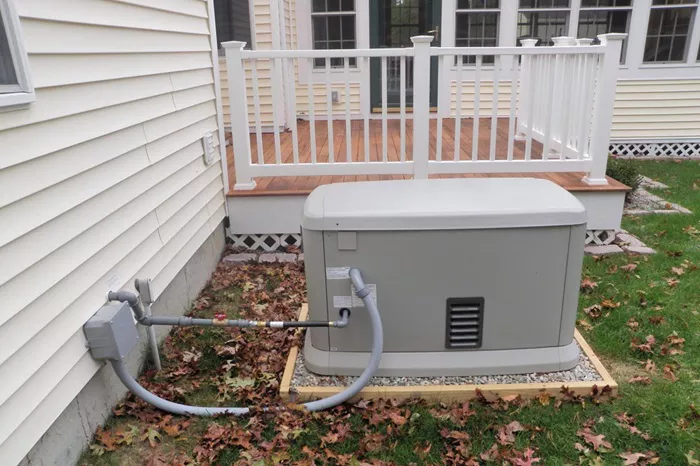A home generator is a crucial backup power solution that keeps your lights on, appliances running, and essential systems operational during a blackout. Whether you rely on a portable generator or a permanently installed standby unit, understanding how it works can help you make informed decisions about installation, maintenance, and safety.
In this article, we’ll break down the mechanics of home generators, explain different types, and explore their key components in simple terms.
Types of Home Generators
Portable Generators
Portable generators are smaller, mobile units that can power a few essential appliances during an outage. They run on gasoline, propane, or diesel and require manual setup.
Standby Generators
Standby generators are permanently installed outside your home and automatically activate when the power goes out. They typically run on natural gas or propane and can power an entire house.
Inverter Generators
These are a type of portable generator that produces clean, stable electricity ideal for sensitive electronics like laptops and smartphones.
How a Generator Produces Electricity
The Basic Principle: Electromagnetic Induction
Generators work based on electromagnetic induction, a principle discovered by Michael Faraday. When a conductor (like a copper wire) moves through a magnetic field, it generates an electric current.
Key Components of a Generator
Engine
The engine is the power source—it burns fuel (gasoline, diesel, propane, or natural gas) to create mechanical energy.
Alternator
The alternator converts mechanical energy into electrical energy. It consists of:
- Stator (stationary coils)
- Rotor (rotating electromagnet)
As the rotor spins inside the stator, it creates a moving magnetic field, inducing an electric current in the stator windings.
Voltage Regulator
This ensures the generator produces a steady voltage, preventing power surges that could damage appliances.
Fuel System
The fuel system supplies gasoline, diesel, propane, or natural gas to the engine. Standby generators often connect directly to a home’s natural gas line.
Cooling & Exhaust System
Generators produce heat, so they need cooling systems (air or liquid-cooled) to prevent overheating. The exhaust system safely vents fumes.
Control Panel
The control panel allows you to start/stop the generator, monitor voltage, and check oil levels. Automatic standby generators have smart controls that detect outages and switch on within seconds.
Battery (for Standby Generators)
A battery ensures the generator can start automatically when the power fails.
Transfer Switch (for Standby Generators)
A transfer switch disconnects your home from the utility grid and connects it to the generator, preventing dangerous backfeeding.
How a Standby Generator Automatically Powers Your Home
Power Outage Detection : When the grid fails, the generator’s controller senses the loss of electricity.
Engine Startup : The battery sends a signal to start the engine.
Voltage Stabilization : The voltage regulator ensures the electricity produced is at the correct voltage (120/240V for homes).
Transfer Switch Activation : The switch disconnects the home from the grid and connects it to the generator.
Power Restoration : Electricity flows to the home’s circuits, keeping lights and appliances running.
Shutdown When Grid Returns : Once utility power is restored, the generator shuts off and the transfer switch reconnects the home to the grid.
How a Portable Generator Works
Manual Startup : You must start the generator by pulling a recoil cord or pressing an electric start button.
Plug-In Appliances : You connect devices directly to the generator’s outlets or through an extension cord.
Optional Manual Transfer Switch : Some homes use a manual transfer switch to safely connect the generator to the electrical panel.
Safety Considerations
Never Backfeed Power : Plugging a generator into a wall outlet without a transfer switch can send electricity back into the grid, risking electrocution.
Proper Ventilation : Generators emit carbon monoxide (CO). Always operate them outdoors, away from windows.
Regular Maintenance : Change oil, replace filters, and test the system periodically.
Load Management : Avoid overloading the generator by balancing power usage.
Conclusion
Home generators provide reliable backup power through electromagnetic induction, converting fuel into electricity. Whether you choose a portable or standby model, understanding how they work helps ensure safe and efficient operation. By maintaining your generator and following safety guidelines, you can keep your home powered during emergencies. Investing in a generator means investing in peace of mind—knowing that when the next outage hits, you’ll be prepared. Would you like recommendations on the best generator for your home size? Let us know in the comments!

